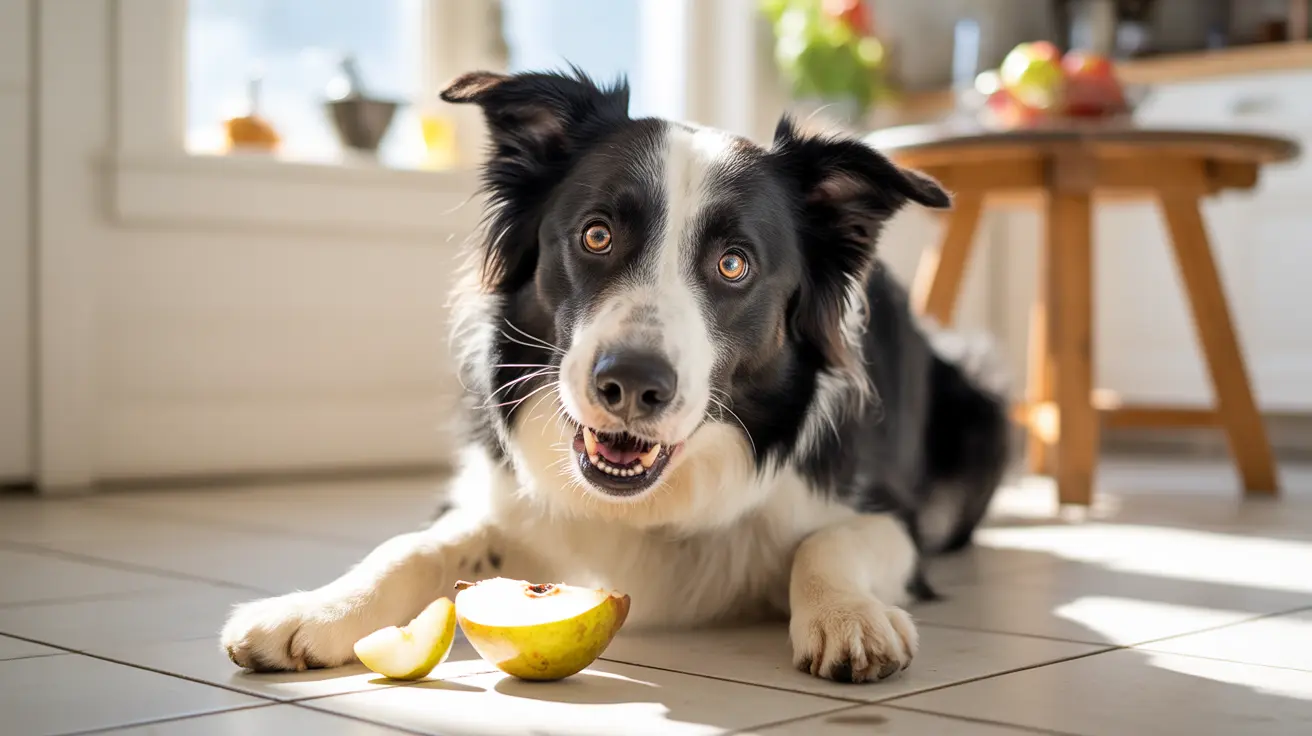Understanding the Potential Downsides of Gastropexy in Dogs
Gastropexy is a widely recommended surgical procedure, especially for dog breeds at high risk of developing gastric dilatation and volvulus (GDV), also known as bloat. While the surgery significantly reduces the risk of the stomach twisting, like any surgical procedure, it carries certain downsides that prospective pet owners should consider.What Is Gastropexy?
Gastropexy involves attaching the stomach to the right abdominal wall in order to prevent it from twisting. This is commonly performed as a prophylactic procedure during sterilization or as an emergency measure during GDV correction surgery.
Types of Gastropexy Techniques
- Incisional gastropexy: The most common and straightforward technique involving suturing the stomach wall to the abdominal wall.
- Belt-loop gastropexy: A piece of the stomach is looped through the abdominal muscle and fixed.
- Circumcostal gastropexy: The stomach is attached around one of the ribs, more invasive and less commonly used.
- Laparoscopic gastropexy: A minimally invasive option using an endoscope and small incisions.
When and Why It’s Done
- As an emergency procedure to prevent future episodes after correcting GDV.
- As a preventive measure for breeds predisposed to GDV, often done during a spay or neuter surgery.
Key Benefits
- Prevention of volvulus: Prevents the stomach from twisting, significantly reducing GDV occurrence.
- Improved survival rates: Reduces fatality by up to 30 times in breeds like Great Danes.
- Short recovery time: Most dogs heal in 2–6 weeks, especially with minimally invasive techniques.
Downsides and Risks of Gastropexy
Though highly effective, gastropexy is not without potential complications. Key downsides include:- Surgical risks: As with any surgery, there’s a risk of infection, bleeding, and anesthesia-related issues.
- Postoperative complications: Temporary gastrointestinal upset such as vomiting or diarrhea may occur.
- Healing and recovery: Requires restricted activity, cone use, and incision care for up to two weeks.
- Does not prevent bloat: While it stops volvulus, stomach dilation can still occur and must be treated.
- Rare organ damage: Though unusual, adjacent organs can be affected during surgery.
Aftercare and Owner Responsibilities
Proper aftercare is essential to minimize risks:- Keep incision clean and dry for 7–14 days post-surgery.
- Use a recovery cone to prevent licking or scratching the incision area.
- Administer pain medications as prescribed by your veterinarian.
- Feed small, frequent meals to reduce future risk of dilation.
Limitations and Considerations
While gastropexy is the gold standard for preventing volvulus, pet owners should be mindful that:
- The cost and surgical risks may deter some, especially if performed at specialty clinics.
- It does not eliminate GDV risk entirely — dilation can still threaten health if unmanaged.
- Not a substitute for good feeding practices and attentive care.
Conclusion
Gastropexy offers life-saving protection against GDV for predisposed dogs, especially when performed preventively. However, it's crucial for pet owners to recognize the inherent surgical risks and follow proper aftercare. Consulting with a veterinarian helps determine whether your dog would benefit from the procedure and ensures you’re fully prepared for both its benefits and downsides.





